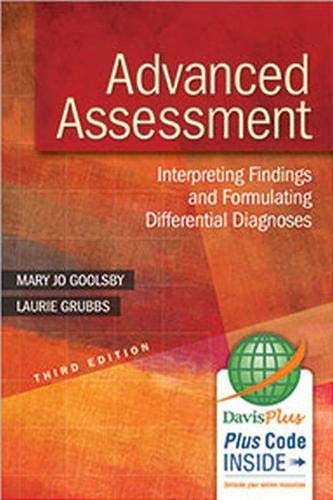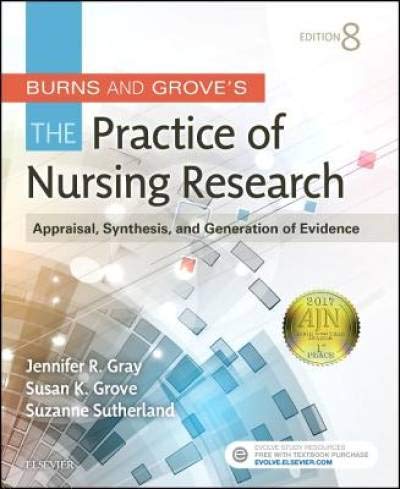Manual of I V Therapeutics 6th Edition By Gorski – Test Bank
Chapter 3: Fundamentals of Fluid and Electrolyte Balance
Multiple Choice
Identify the choice that best completes the statement or answers the question.
____ 1. A nurse is assessing an older adult client who is disoriented to time and place. The nurse notes that the client’s eyes are sunken, the mouth is coated, the tongue has an extra longitudinal furrow, and the client’s lips are cracked. The client’s hand vein filling takes more than 5 seconds; tenting is apparent over the sternum; and the vital signs are BP 110/60 mm Hg, pulse 62, and respiratory rate of 12. Based on these assessment findings, which fluid or electrolyte imbalance should the nurse suspect?
|
a. |
Sodium excess |
|
b. |
Magnesium deficit |
|
c. |
Fluid volume deficit |
|
d. |
Fluid volume excess |
____ 2. A nurse prepares to assess a client who has been vomiting for several days. For which signs of fluid volume deficit (FVD) should the nurse assess?
|
a. |
Bounding pulse, decreased blood pressure, and moist crackles |
|
b. |
Dyspnea, jugular vein distention, and sternum fingerprinting |
|
c. |
Increased pulse rate, decreased blood pressure, and poor skin turgor |
|
d. |
Increased respiratory rate; warm, moist skin; and decreased body temperature |
____ 3. A nurse assesses a client who has moist crackles (rales) in the lung bases, an increased respiratory rate, dyspnea, and 3+ edema of the ankles. Which is the most accurate nursing diagnosis for this client?
|
a. |
Fluid volume deficit |
|
b. |
Fluid volume excess |
|
c. |
Impaired tissue integrity |
|
d. |
Altered tissue perfusion, renal |
____ 4. A nurse analyzes a client’s laboratory report that shows a serum potassium level of 5.7 mEq/L. Which client’s laboratory report is the nurse most likely reviewing?
|
a. |
The client with ulcerative colitis |
|
b. |
The client with Cushing’s syndrome |
|
c. |
The client who has overused laxatives |
|
d. |
The client who has sustained a traumatic burn |
____ 5. A nurse notes that a client admitted with renal failure has a serum phosphorus level of 7.0 mg/dL. Which medication should a nurse expect to be prescribed for this client?
|
a. |
Calcium gluconate |
|
b. |
Calcium chloride |
|
c. |
Calcitonin (Calcimar) |
|
d. |
Aluminum hydroxide gel (Amphojel) |
____ 6. A nurse is caring for a client with an ileostomy. Which acid-base imbalance will this client most likely experience?
|
a. |
Metabolic alkalosis |
|
b. |
Metabolic acidosis |
|
c. |
Respiratory acidosis |
|
d. |
Respiratory alkalosis |
____ 7. A nurse assesses a newly admitted client and notes fatigued muscles, reports of nausea and anorexia, irritability, and diminished deep tendon reflexes. The nurse reviews the client’s laboratory reports that reveal a serum chloride level of 92 mEq/L, a serum potassium level of 3.1 mEq/L, and a serum sodium level of 135 mEq/L. Which treatment should the nurse anticipate for this electrolyte imbalance?
a.
Treatment with sodium bicarbonate
b.
Change of infusion to 5% dextrose in water
c.
Replacement therapy with potassium chloride
d.
Replacement therapy with sodium and chloride














Reviews
There are no reviews yet.